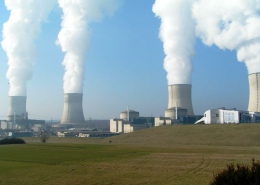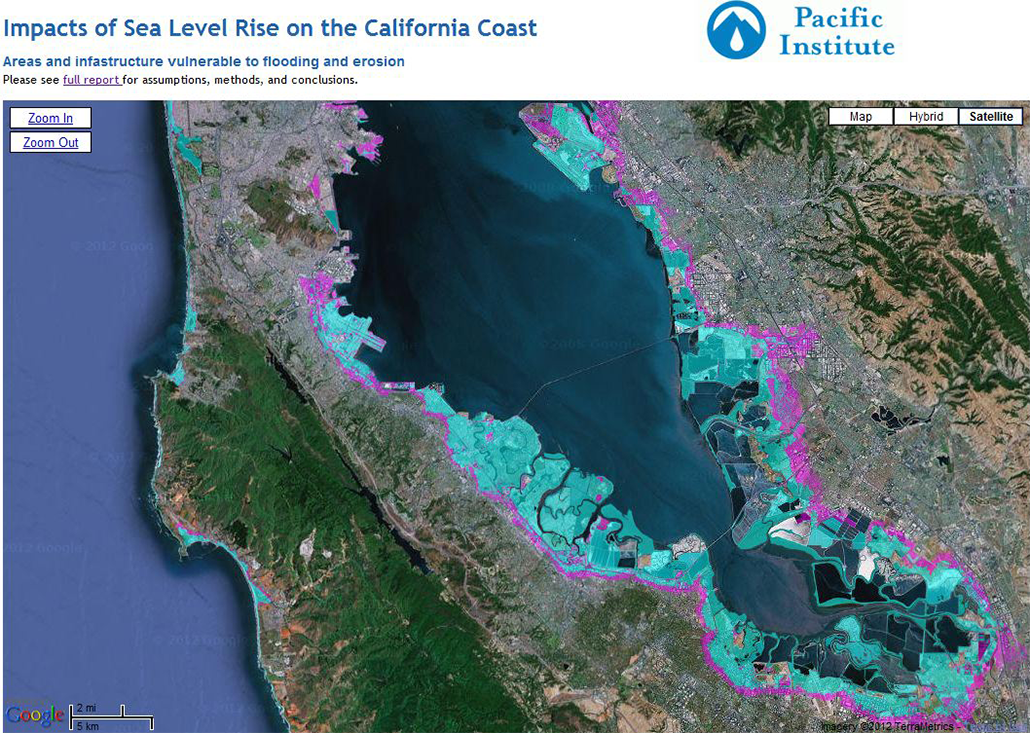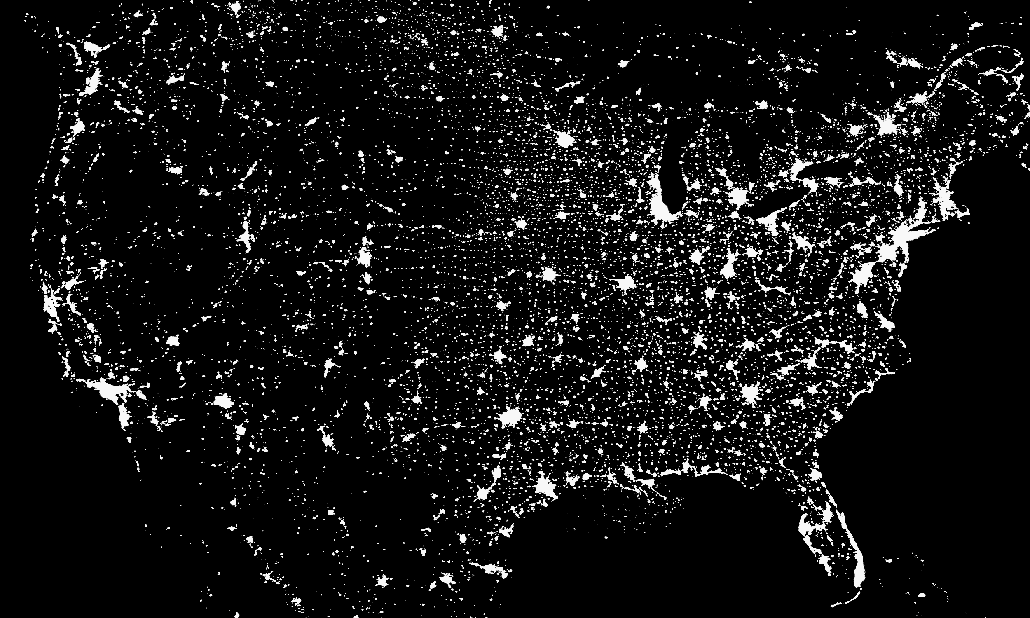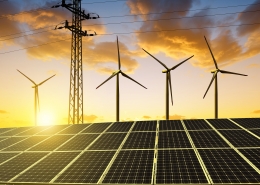Bioplastics in California: Economic Assessment of Market Conditions for PHA/PHB Bioplastic Produced from Waste Methane
Place: California • Dates: 2011-2012 • Partner: CalEPA
Project Summary
In 2010, approximately 31 million tons of plastic waste was generated in the United States, which accounted for approximately 12.4 percent of total municipal solid waste in that year. The environmental challenges associated with the production and disposal of conventional plastics are significant and substitution of such plastics with biobased alternatives may help mitigate some of these impacts.
Bioplastics, including biobased plastics (polymers made from renewable resources such as corn), have been introduced into the world market as an alternative to oil-based plastics. Although bioplastics currently represent a small proportion of aggregate plastic consumption worldwide, the market share of biobased polymers is increasing. According to some estimates, global bioplastic production was approximately 890,000 tonnes in 2012 and is forecasted to grow at a compound annual growth rate of 25% through 2017 reaching more than 2.5 million tonnes.
In addition to existing production methods for manufacturing plastics from non- petroleum feedstocks, a new technology under development by Stanford University may provide yet another means of creating plastic products – from waste. This method would not rely on natural resources or food crops. Researchers at Stanford University have developed a process by which methane (CH4), captured at solid waste landfills or waste water treatment facilities (WWTFs), can be utilized as a feedstock to produce a polyhydroxybutyrate (PHB) polymer resin. The Stanford Process, if optimized at a commercial scale, has the potential to create a market in California for closed-loop plastic production made from waste. In this report we assess the market outlook for these plastics and the economic feasibility of a small-scale PHB production facility in the State, co-located at an existing waste treatment site.
The database and model developed for this study included 118 California solid waste landfills and 144 WWTFs. We find that of these, 49 landfills and 10 WWTFs already have, or could likely attain, sufficient methane capture to produce at least 1,000 tonnes of PHB polymer resin per year.
Certain characteristics of landfill and WWTF locations will be critical when assessing locations for the construction of a PHB production facility. The five most critical characteristics are 1) facility size (measured in total waste in place or average dry weather flow for landfills and WWTFs, respectively); 2) current generation status (whether CH4 is currently used for power production and if so, what percentage of total CH4 available is used); 3) location and installed power transmission infrastructure; 4) current CH4 capture and power generation contract status; and 5) volume of excess CH4 currently capturedand flared. Optimal sites are likely to be mid-sized facilities that may or may not currently capture CH4, but do not generate electricity and thus are not subject to contractual agreements with local utilities for power generation. For facilities that have limited access to power transmission infrastructure, PHB resin production may offer an alternative means by which to utilize waste methane and turn it into a value-added product that can easily be transported.
We conducted an analysis to determine the economic viability of a 1,000 kilotonnes per annum (kt p.a.) PHB production facility located at a California landfill or WWTF. The results of our model suggest that such a facility could be economically viable within a range of conditions. Using the baseline parameters explained in this report, we find that a production facility has a positive net present worth (NPW)* for any PHB resin price above $1.17/kg ($0.53/lb). This value is highly sensitive to our modeling assumptions and we have carried out a variety of sensitivity analyses in order to determine the degree to which our assumptions will affect the NPW of a facility.
Sensitivity analyses were performed to assess the impact of the following parameters on the project NPW: 1) the Stanford estimated PHB yield and energy requirements; 2) energy procurement method and landfill gas (LFG) collection status; 3) equipment capital costs and annual operating and maintenance (O&M) costs (including labor); 4) polymer extraction and nutrient costs; and 5) PHB price. Our model suggests that the greatest sensitivity lies in the costs associated with PHB price and the extraction process. Researchers at Stanford University are working to determine the most economically viable method of extraction; however, within the context of this modeling methodology, we can determine the effect of extraction costs on a dollars-per-unit PHB basis. With our baseline parameters, we find that if extraction costs are below $1.68/kg PHB the production facility may be economically viable.
Subject to process assumptions included in this report we find that implementation of such a PHB production facility could potentially be economically viable. However, this analysis should not be used in the absence of a rigorous site-specific engineering assessment, which would be required to determine a detailed cost estimate of a PHB production facility.
Most Recent Entries
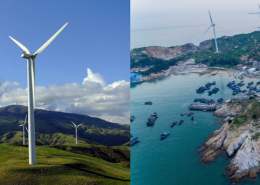
California and China: Leadership for a Low Carbon Future
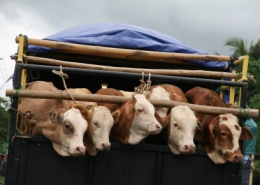
Roadmap on the Prospects for GMS National Scaling and GMS Regional Coordination of Agrifood Traceability Schemes
